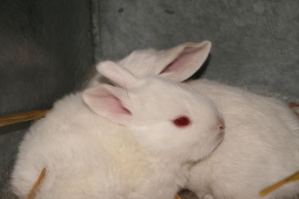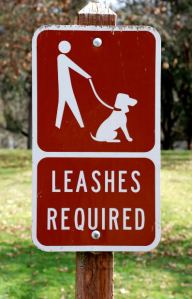 National bans on animal testing for cosmetics are gaining momentum. The European Union, Norway, Israel, and India have all passed national legislation to inhibit animal testing in the creation of cosmetics. In recent years, some legislators have even made attempts to phase out animal testing for cosmetics in the United States. These are undoubtedly promising developments in the global animal welfare movement. However, enactment of legislation to limit or prohibit testing on animals for cosmetics and other products in the U.S. may be years away. In the meantime, countless rabbits, beagles, guinea pigs, rats, mice, and other animals are languishing in laboratories around the country. Americans must support legislation to stop these nightmarish and unnecessary tests, but everyone living in the United States can stop purchasing animal-tested cosmetics and personal care products now. Rejecting personal care products sold by companies that still use animal testing conveys to those companies that now is the time to end animal testing.
National bans on animal testing for cosmetics are gaining momentum. The European Union, Norway, Israel, and India have all passed national legislation to inhibit animal testing in the creation of cosmetics. In recent years, some legislators have even made attempts to phase out animal testing for cosmetics in the United States. These are undoubtedly promising developments in the global animal welfare movement. However, enactment of legislation to limit or prohibit testing on animals for cosmetics and other products in the U.S. may be years away. In the meantime, countless rabbits, beagles, guinea pigs, rats, mice, and other animals are languishing in laboratories around the country. Americans must support legislation to stop these nightmarish and unnecessary tests, but everyone living in the United States can stop purchasing animal-tested cosmetics and personal care products now. Rejecting personal care products sold by companies that still use animal testing conveys to those companies that now is the time to end animal testing.
As consumers, finding products that satisfy our preferences, budgets, and consumer ethics can seem like a daunting task. Even the most conscientious consumers may have only a vague understanding of how business, science, and law intersect in regard to animal testing. To add to the confusion, some companies attempt to attract consumers with a “cruelty-free” label without actually abiding by cruelty-free guidelines.
Fortunately, there are resources that make cruelty-free shopping enjoyable and accessible. Thousands of safe and high-quality products are available through companies that don’t test on animals. There are at least three ways consumers can support these companies:
• An organization known as the Coalition for Consumer Information on Cosmetics (CCIC) administers a cruelty-free standard in the United States, Canada, United Kingdom, and parts of the European Union. Companies listed by the CCIC meet the standards set by the Leaping Bunny Program, which according to the CCIC website guarantee that “…no new animal testing is used in any phase of product development by the company, its laboratories, or suppliers.” To use this resource, visit http://www.leapingbunny.org.
• When shopping for a new cosmetic or personal care product, you can visit the company’s website to learn the company’s policy on animal testing.
• For spur-of-the-moment purchases, download an app to your smartphone. Many apps are now available that help users discern if animal testing was used with a quick scan of the item’s barcode.
As citizens concerned about animal welfare, we send messages to our lawmakers with pens and paper. As consumers, we communicate with our dollars, and these are messages that no business can ignore.










